Gentle Strength for Your Wardrobe: Biodegradable Fabric Protectors
Chosen theme: Biodegradable Fabric Protectors. Discover plant-derived protection that shields fabrics from spills and wear without lingering in landfills—plus science, stories, and practical guidance to keep your clothes loved longer. Subscribe and join the conversation.
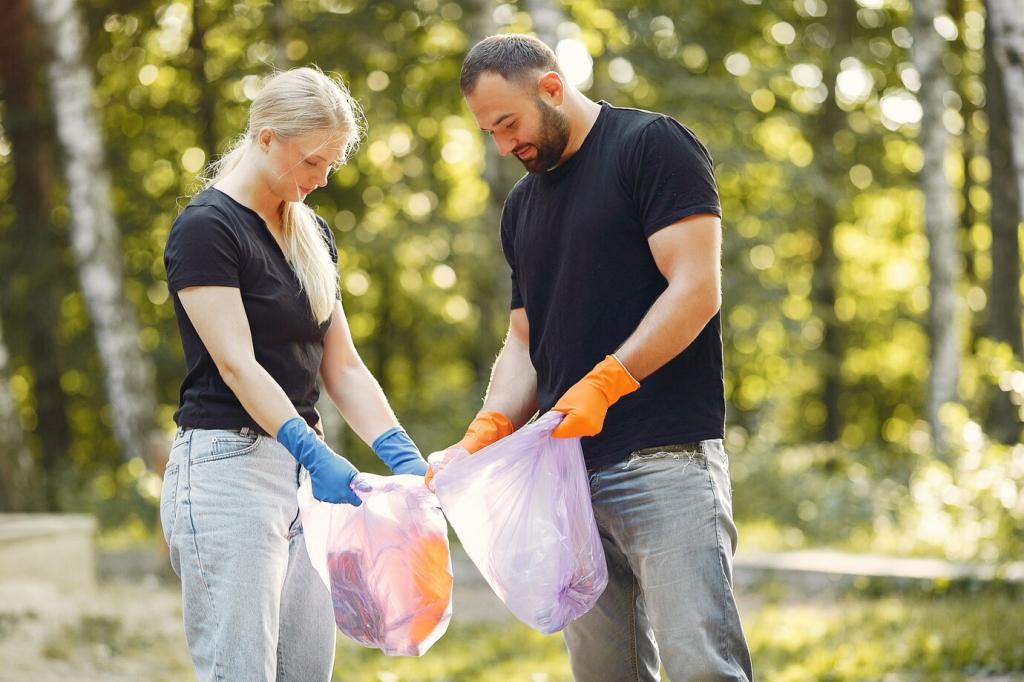
What Sets Biodegradable Fabric Protectors Apart
From Plants to Protection
Today’s coatings use renewable ingredients like corn-derived polymers, natural waxes, and bio-based binders that anchor to fibers. They offer water and stain resistance without the petrochemical baggage many traditional repellents quietly carry.
How Biodegradability Works
After months or years of service, these materials are designed to break down through microbial action and oxygen exposure. That means fewer persistent residues, less microplastic shedding, and a lighter footprint throughout your garment’s life.
Myths, Debunked
No, biodegradable does not mean weak or short-lived. Properly formulated protectors withstand routine wear and gentle washes, then degrade when dispersed in the environment—far beyond your typical care cycle at home.
The Science and Safety Behind the Shield
Look for biodegradation tests like OECD 301, aquatic toxicity screenings, and fabric performance metrics for repellency and breathability. Together, they confirm real-world safety and measurable protection instead of vague claims.
The Science and Safety Behind the Shield
Hypoallergenic, solvent-light formulas respect sensitive skin and delicate fabrics. Breathable films allow cotton, wool, and linen to retain their natural drape, avoiding that plasticky handfeel old-school coatings often created.
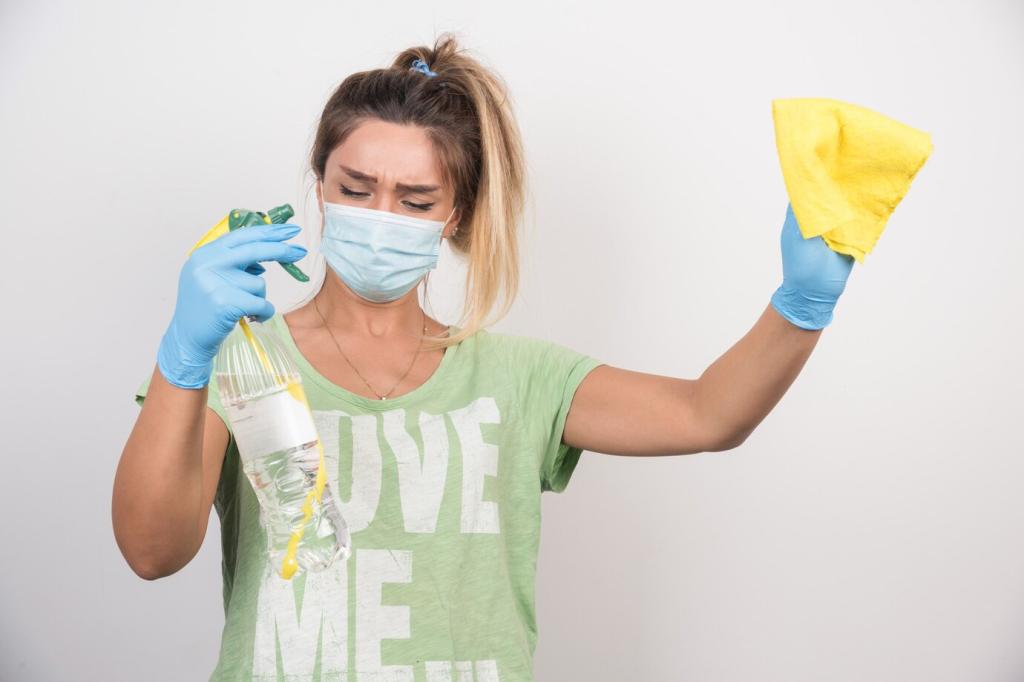
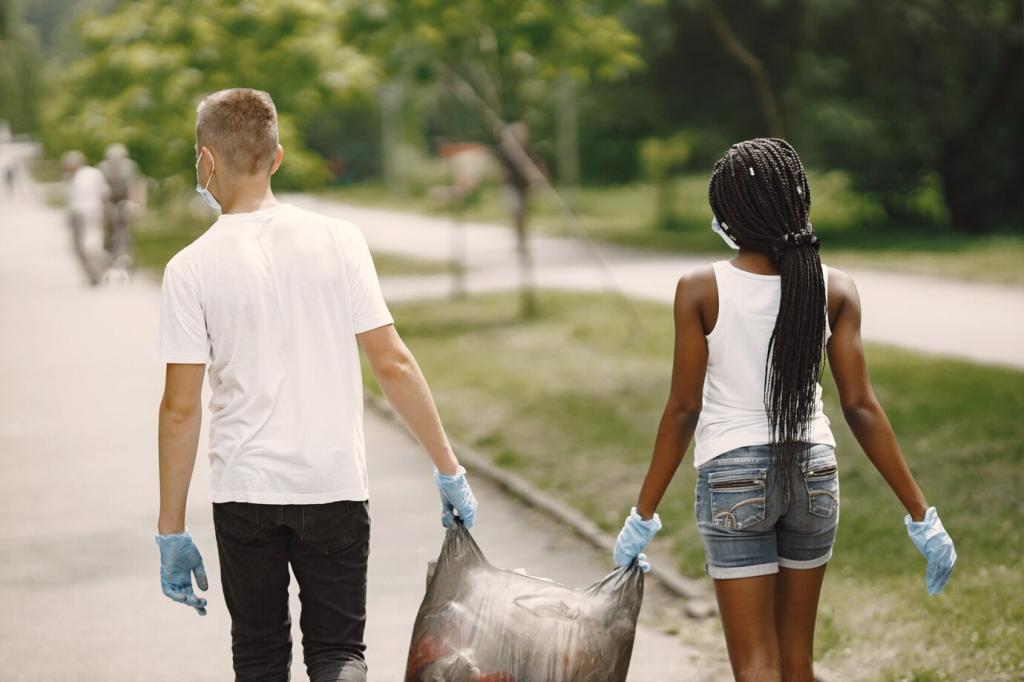
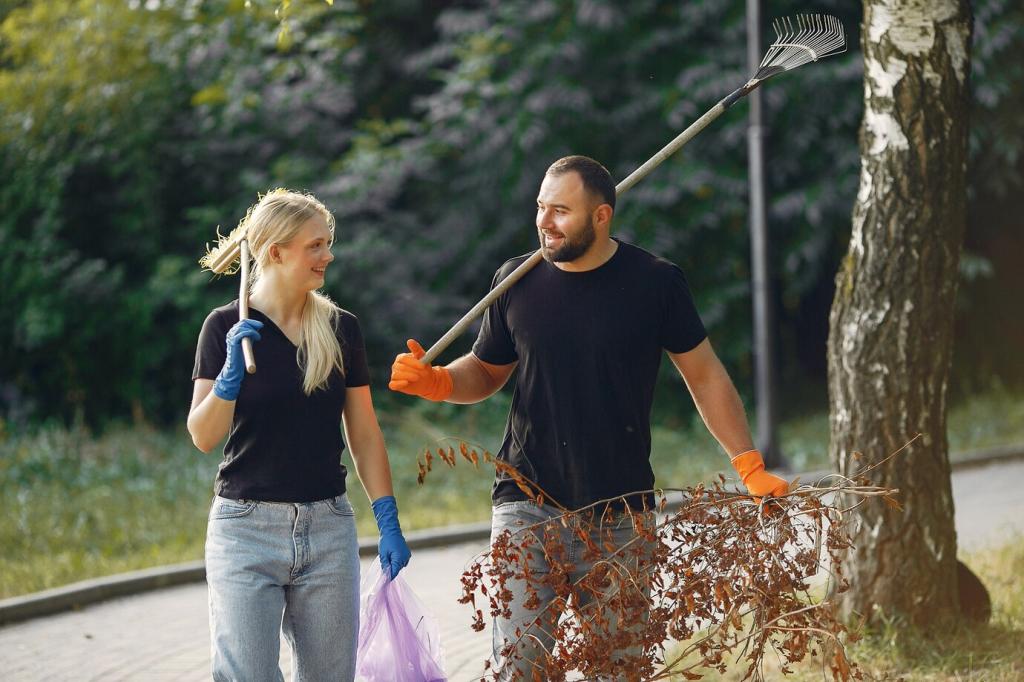
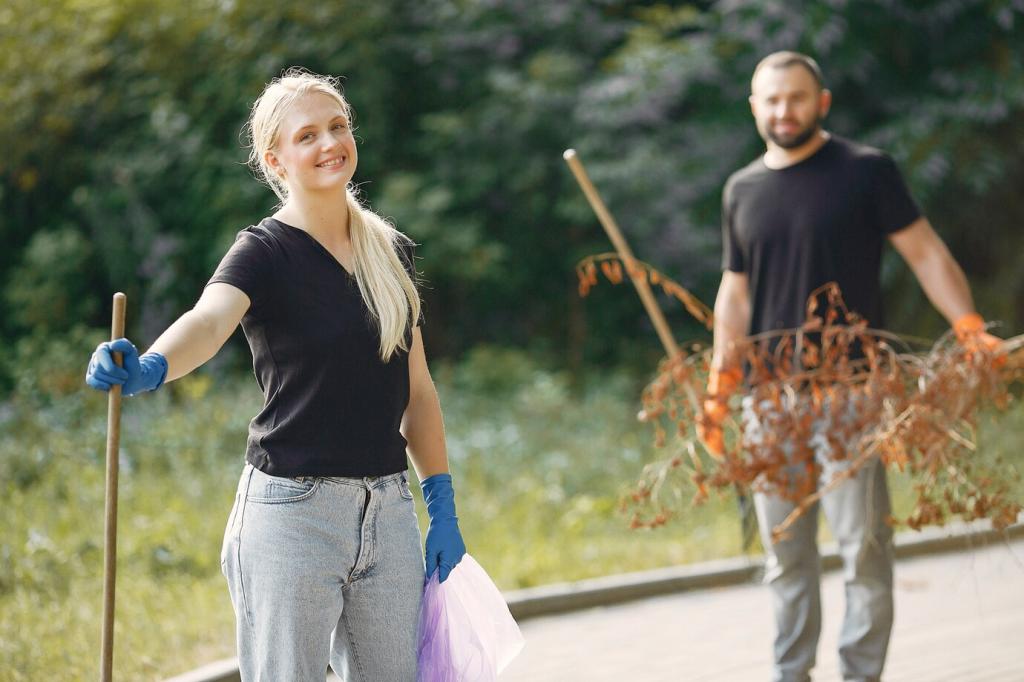
Stories from Real Closets
A parent messaged us after a grape juice spill beaded off a protected play smock at a birthday party. The laughter continued, the stain didn’t, and the smock survived another adventure.
Stories from Real Closets
A reader revived a 1970s wool overcoat and treated the lapels against coffee drips. Weeks later, a rainy commute proved the point: droplets rolled off, the nap stayed soft, and nostalgia felt brand new.
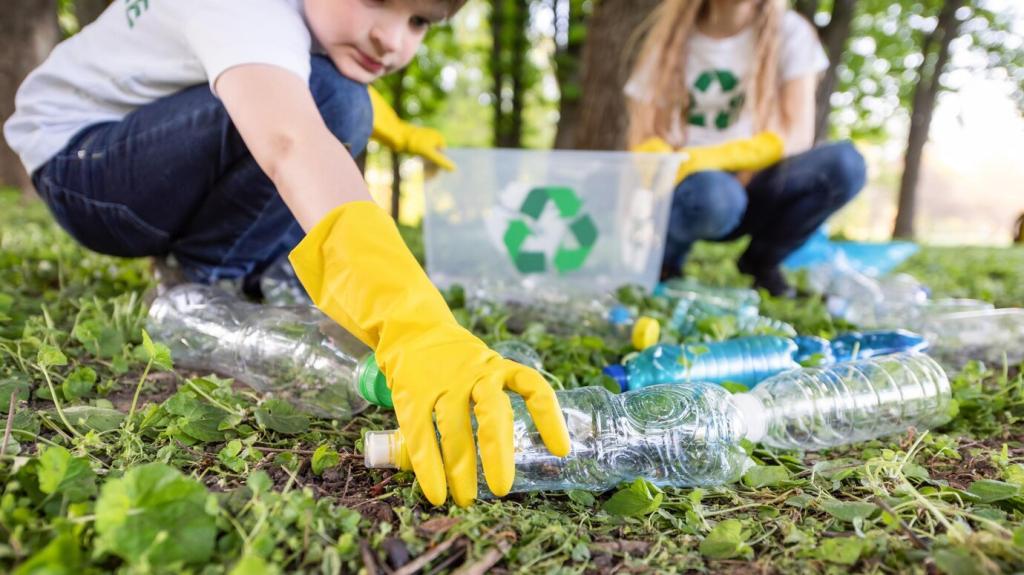
Lower Footprint, Higher Utility
Extending garment life reduces replacement cycles and resource use. When a protector biodegrades after service, it minimizes persistent waste while giving you more years from pieces you already love.
Wastewater Friendly
Gentler chemistry eases the burden on municipal treatment systems. By avoiding persistent fluorinated compounds, these solutions reduce downstream risk and help keep waterways cleaner for communities and wildlife.
DIY Curiosity and Safe Experimentation
01
Kitchen Chemistry, Responsibly
Some makers experiment with food-safe wax emulsions or chitosan blends. Work ventilated, test small, and prioritize certified products for daily wear. Curiosity is welcome; safety and fabric preservation come first.
02
Small-Batch Testing
Before treating a favorite jacket, trial on a fabric swatch or seam allowance. Compare handfeel, colorfastness, and repellency after laundering to ensure your approach fits both fiber and finish.
03
Label Literacy
Scan ingredient lists for bio-based polymers, fluorine-free claims, and biodegradation data. Transparent brands reference standards and disclose solvents, helping you choose options aligned with your values and needs.
Join the Movement and What’s Next
Tell us what your biodegradable protector handled like a champ. Coffee? Rainstorm? Picnic grass? Comment below so others can learn from your wins, mishaps, and surprising fabric saves.
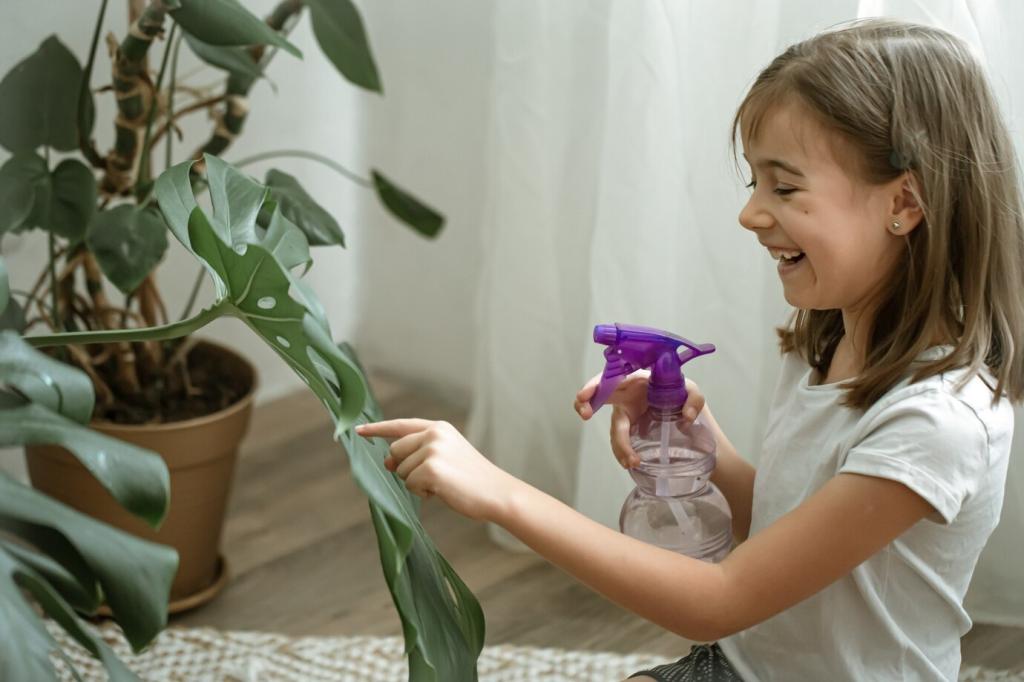
Join the Movement and What’s Next
Get monthly tips, test results, and behind-the-scenes experiments straight to your inbox. We share reapplication reminders, fabric-specific guides, and early looks at promising plant-based innovations.
